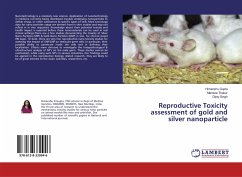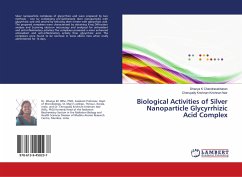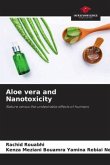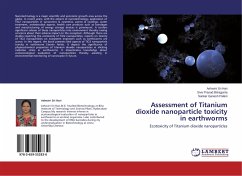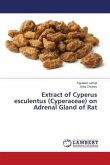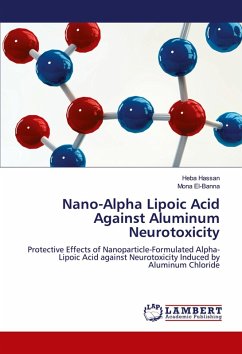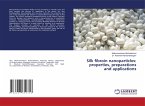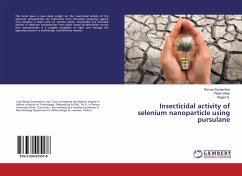Nanotechnology is a relatively new science. Application of nanotechnology in medicine currently being developed involves employing nanoparticles to deliver drugs, or other substances to specific types of cells. Most toxicology data for nano particles usage are derived from in vitro studies and may not reflect in in vivo responses. Knowledge about their potential toxicity and health impact is essential before these nanomaterials can be used in real clinical settings.There are a few studies documenting the toxicity of Silver Nano Particles (SNP) & Gold Nano Particles (GNP) in vivo, for chronic based (90 days). Till date, there are very few reproductive nano toxicity studies for assessing the impact of SNP/GNP on testicular germ cells. In particular, their possible ability to penetrate inside the cells and in defining their localization. Efforts were directed to investigate the histopathological & ultrastructure analysis of NP's on the male germ. These studies cannot be overlooked, while using such NP's in various industries. Our findings could be applied in the reproductive biology related research, they are likely to be of great interest to the vision scientists, researchers, etc.
Bitte wählen Sie Ihr Anliegen aus.
Rechnungen
Retourenschein anfordern
Bestellstatus
Storno

